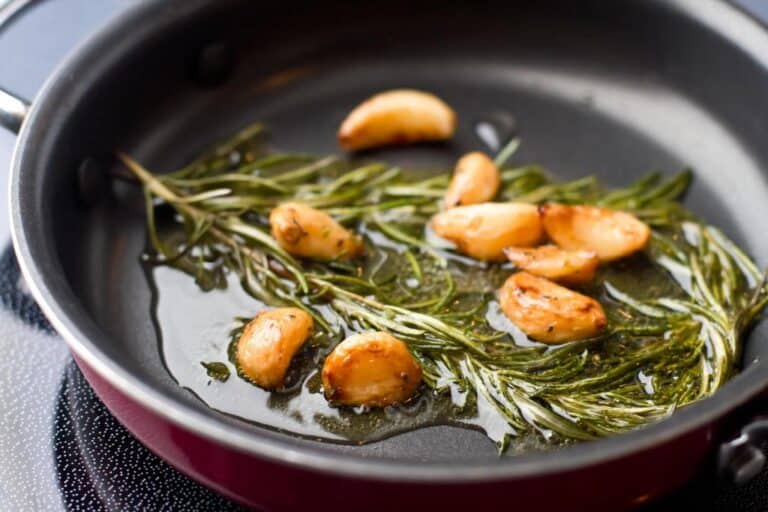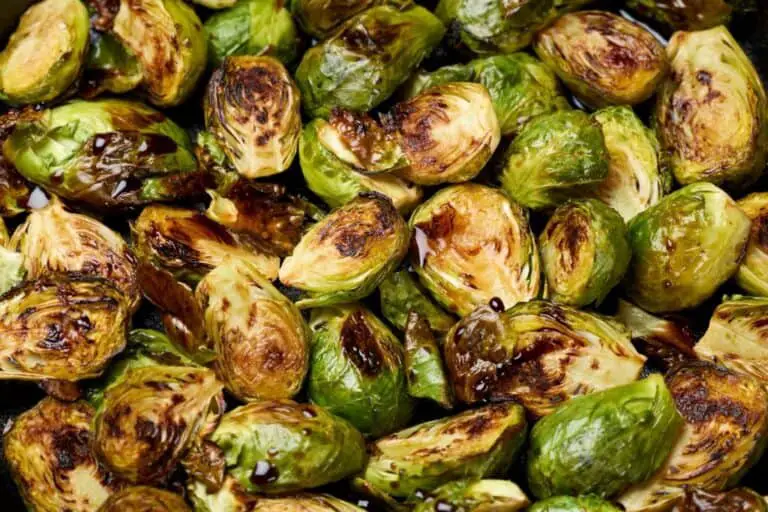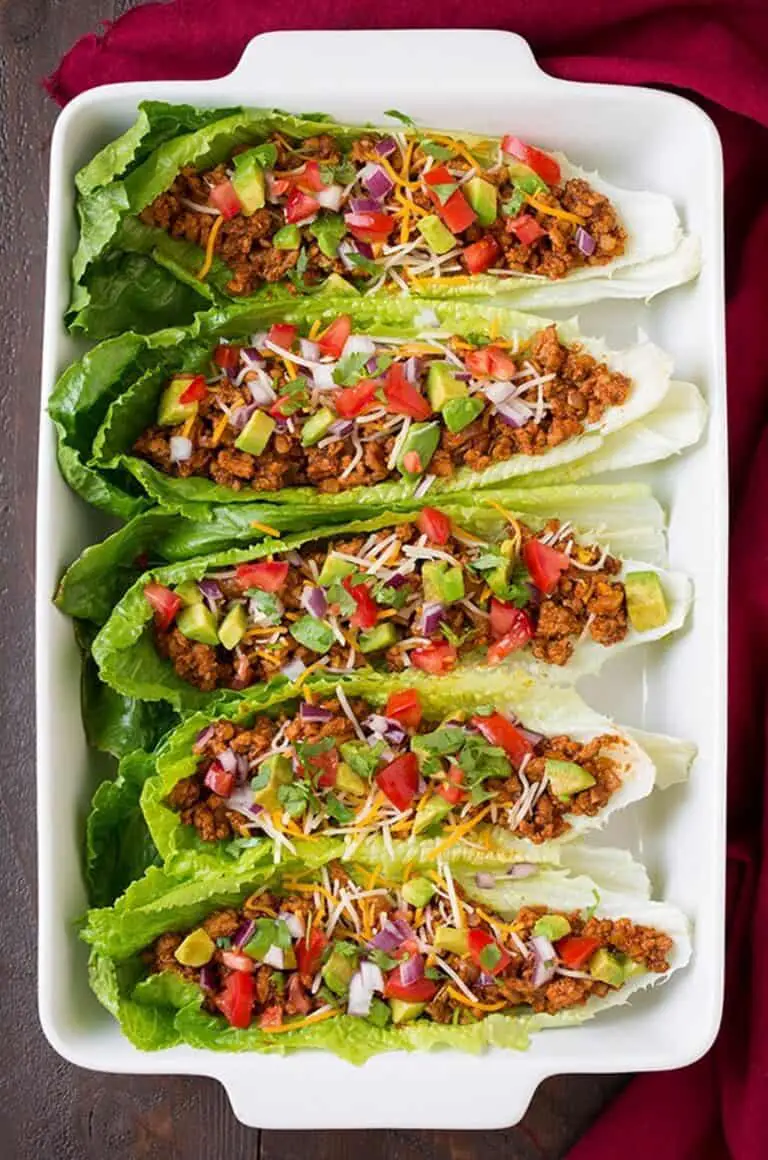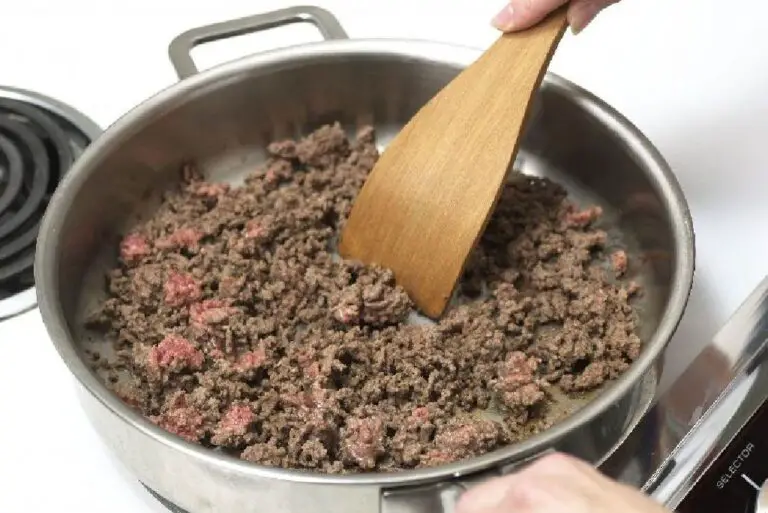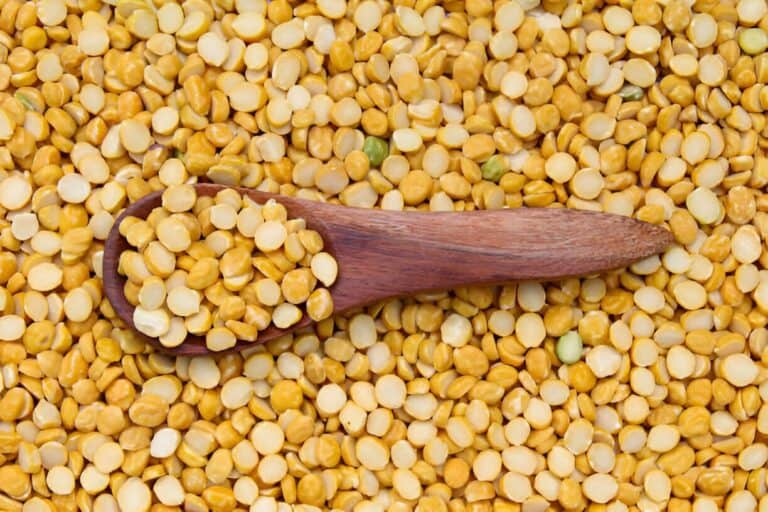Is Rice Flour a Good Substitute for All-Purpose Flour? (Baking with Alternatives)

When I first ventured into gluten-free baking, I stumbled upon a variety of flours that made my head spin. Among them was rice flour, a versatile ingredient that promised to work wonders in my recipes. But as I stood there in my kitchen, spatula in hand, I wondered: Is rice flour a good substitute for all-purpose flour? Let’s roll up our sleeves and dive into the nitty-gritty of this flour conundrum.
Understanding the Basics: What Is Rice Flour?
Before we start swapping flours, let’s get acquainted with rice flour. Made from finely ground rice, this flour comes in two main varieties: white rice flour and brown rice flour. The difference lies in the type of rice used and the milling process.
Brown rice flour retains the bran and germ, giving it a nuttier flavor and more nutrients compared to its white counterpart.
Here’s a quick table to break it down:
| Type of Rice Flour | Description | Best For |
| White Rice Flour | Mild flavor, smooth texture | Cakes, cookies, and sauces |
| Brown Rice Flour | Nutty flavor, slightly gritty texture | Breads, muffins, and hearty dishes |
When I first tried using rice flour, I was skeptical. I had heard whispers of its magical properties, but could it really stand up to my beloved all-purpose flour?
The All-Purpose Flour Standard

All-purpose flour is the Swiss Army knife of the baking world. It’s versatile, reliable, and perfect for just about anything, from fluffy pancakes to chewy cookies. This flour has a moderate protein content (about 10-12%), which makes it ideal for a variety of baked goods. But what does that mean for our rice flour?
Can Rice Flour Step Up to the Plate?
Let’s break it down. Rice flour can indeed substitute for all-purpose flour, but it comes with some caveats.
- Texture: Rice flour tends to be coarser than all-purpose flour, which can impact the final texture of your baked goods. When I made cookies with rice flour for the first time, they turned out a bit grainy, and I didn’t quite get that classic chewy bite I craved.
- Binding: All-purpose flour contains gluten, which provides structure and elasticity. Without gluten, rice flour can lead to crumbly and fragile results. I learned this the hard way when my first batch of rice flour muffins crumbled to bits as soon as I took a bite. Lesson learned!
- Absorption: Rice flour absorbs moisture differently than all-purpose flour. It tends to make batters thicker and sometimes requires extra liquid to achieve the right consistency. The first time I made a sauce with rice flour, it thickened faster than I expected, leaving me with a gooey mess instead of a silky smooth creation.
Tips for Substituting Rice Flour for All-Purpose Flour
If you’re determined to use rice flour in place of all-purpose flour, here are some tips I picked up along my baking journey:
- Mix It Up: To improve texture and binding, consider blending rice flour with other gluten-free flours like almond flour, tapioca flour, or oat flour. A good rule of thumb is to use a 50/50 blend to maintain some of that structure.
- Add a Binder: Use ingredients like xanthan gum or psyllium husk powder to help mimic gluten’s elasticity. When I added xanthan gum to my rice flour cookies, they turned out way better than my first attempt—more structure, less crumble!
- Adjust Liquid: Be prepared to tweak your liquid ingredients. Start with your original recipe, but be ready to add a splash more milk or water if the batter feels too thick. I always keep an extra splash of liquid handy just in case.
My Rice Flour Baking Adventures
Now, let me share a couple of my personal experiences with using rice flour as a substitute for all-purpose flour.
1. Rice Flour Pancakes
One Saturday morning, I decided to whip up a stack of pancakes using rice flour. I used my tried-and-true pancake recipe but swapped out the all-purpose flour for rice flour. The result? A thick batter that felt off. I hesitated, but I cooked them anyway.
Here’s what I learned:
- They turned out denser than my usual pancakes but still had a nice flavor.
- I drizzled on some maple syrup and added fresh berries to give them some pizzazz.
In the end, they were a hit with my family, even if they weren’t the light, fluffy pancakes I was used to.
2. Rice Flour Cookies
I then ventured into cookie territory, determined to recreate my favorite chocolate chip cookie recipe using rice flour. I made the substitutions, added a little xanthan gum for good measure, and mixed everything up.
The outcome?
- The cookies baked up nicely, but the texture was different. They were slightly crispier and didn’t have the classic chew I loved.
- However, they had a unique flavor profile thanks to the rice flour, which my friends actually enjoyed!
| Also read: Can I Mix All-Purpose Flour and Bread Flour? |
Nutritional Differences: All About the Goodness
When considering substitutions, nutrition often comes into play. Here’s a quick comparison of rice flour and all-purpose flour:
| Nutritional Component | All-Purpose Flour (1 cup) | Brown Rice Flour (1 cup) | White Rice Flour (1 cup) |
| Calories | 455 | 510 | 600 |
| Protein (g) | 13 | 10 | 9 |
| Fiber (g) | 3 | 4.5 | 1 |
| Carbs (g) | 95 | 108 | 130 |
Note: Nutritional values can vary based on brands and preparation methods.
When Rice Flour is a Winner
Rice flour shines in certain recipes where its unique properties can take the lead. Here are a few dishes where rice flour truly excels:
- Asian Dishes: Rice flour is a staple in many Asian cuisines. Think rice noodles, dumplings, and mochi—where its texture shines!
- Thickening Agent: I’ve had great success using rice flour as a thickening agent for sauces and soups. Just whisk it into a bit of cold water before adding it to your hot mixture for a smooth result.
- Gluten-Free Baking: If you’re working with gluten-free recipes, rice flour is an excellent option. It pairs beautifully with other gluten-free flours, helping create delicious baked goods without the gluten.
The Final Verdict: Is Rice Flour a Good Substitute?
So, is rice flour a good substitute for all-purpose flour? The answer is a resounding maybe! It really depends on the recipe and the results you’re aiming for. If you’re looking for a gluten-free option, rice flour can be a fantastic choice when used thoughtfully. However, for those classic baked goods that rely on gluten for structure, you may need to tweak your approach or consider other flour alternatives.
Final Thoughts
In my journey of culinary exploration, I’ve learned that experimentation is key. Rice flour may not always match up to all-purpose flour in every recipe, but with a little creativity, you can whip up some delightful treats that are just as satisfying.
So, don your apron, grab that rice flour, and start experimenting! Whether you’re making pancakes, cookies, or a delicious stir-fry, the kitchen is your playground. Remember, every mistake is just a stepping stone to success, and who knows? You might discover your next favorite dish along the way. Happy baking!

